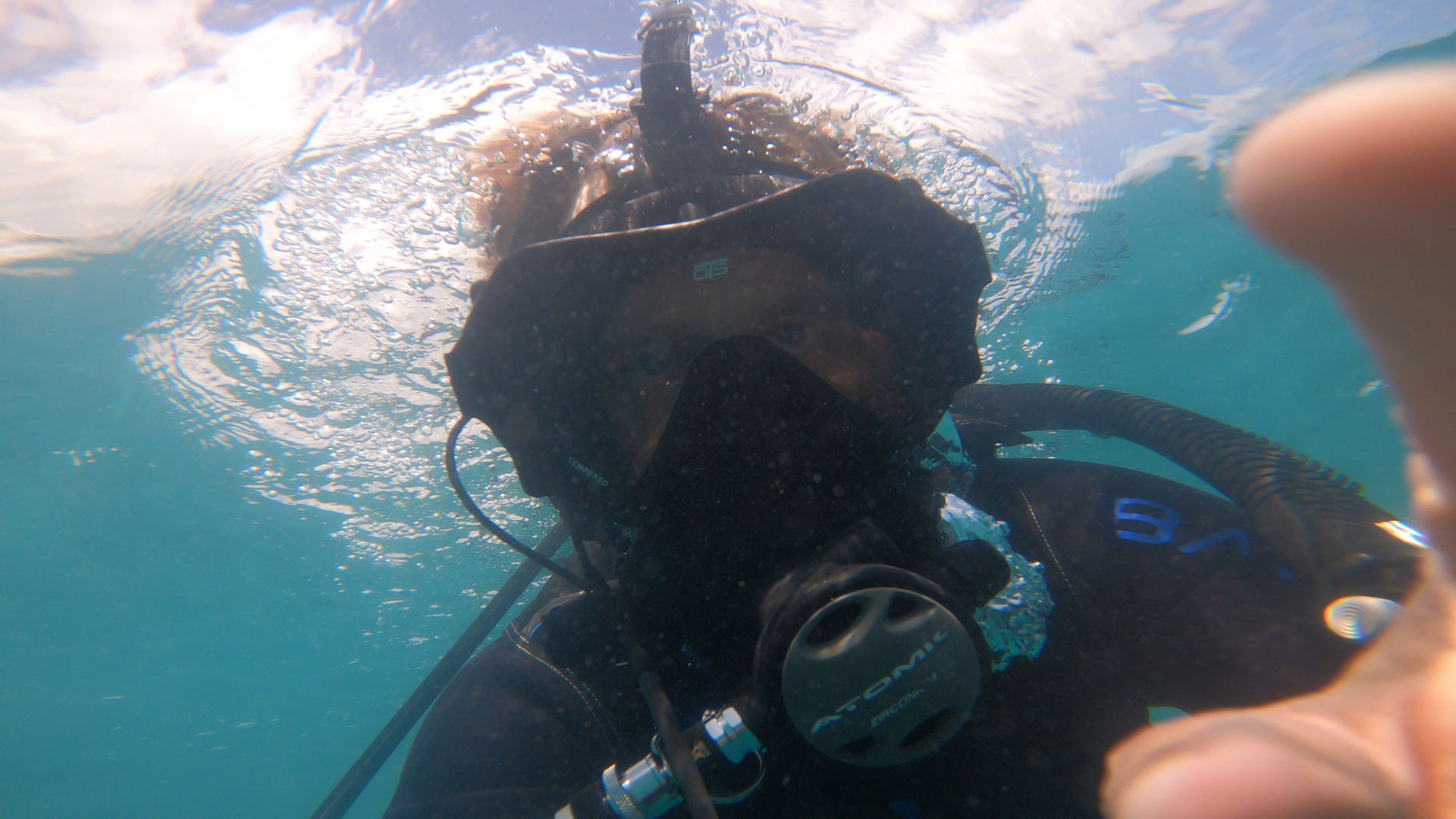
The first quarter of 2020 has been an exciting quarter for Seafarer Exploration Corp (SFRX). It represents the most productive quarter ever on the Melbourne Beach site, and there are many positive things that are continuing to happen as we begin the second quarter. We are operating at almost a feverish pace because of the data we are now collecting from the SeaSearcher. Both the Research and Discovery teams along with the boats we have assembled combined with weather conditions that have been unusually calm for this time of year have made the first quarter productive.
First, the SeaSearcher transitioned to operational status in Q1. That is big! We completed the core development on the SeaSearcher back in October. From October to December, it was being tested using check targets and test scans. We tested in a pool, an open lake, and finally, the ocean. Since going operational in Q1, we have scanned over 800 acres of sub-bottom. Those scans have identified over 1,200 unique sub-bottom targets ranging from just below the surface down to a depth of 10 feet. Using our proprietary software package, we now have an estimated 60 higher-probability targets we are starting to explore. It’s all very exciting and different from the way we did operations in the past. The SeaSearchers’ scan data now enhances the daily explorations of the Discovery Team as they operate within the permit parameters. That is a major shift and one that has tremendously increased the productivity of the dive teams. They now know the location, depth, and size of the target before they begin the day. We have never had this level of target detail before. While still experimental, to the best of our knowledge, no one company in our industry has ever had our level of information to plan and execute daily operations in the shallow waters off of Florida. We have recently contacted the State of Florida to give them a detailed briefing on the SeaSearcher, and we will be traveling to brief them on the technology once the COVID-19 CDC recommendations allow. It’s all very exciting.
The SeaSearcher Research Team had the Metal Detector delivered for integration onto the SeaSearcher platform during Q1. This was more complex than we originally anticipated, as we believed both delivery and integration would have happened in Q1. The integration will happen in Q2-2020. Our chief technologist was uncompromising in the performance in order to reach the depths and get the precision we needed, so it took a little longer. The metal detector will be a welcome addition to the platform this quarter, However, it has not prevented us from using the SeaSearcher’s capabilities.
The SeaSearcher Research team has also delivered a second SeaSearcher. Both SeaSearcher’s are fully operational and have equal capabilities. This allows us to upgrade one while the other is still in-use or will allow Seafarer to search two different sites simultaneously.
This quarter saw our boats, the Discovery and the Good Fortune, become fully equipped and hit full stride in the search at the Melbourne Beach site. Seafarer was operational more days in the first quarter of 2020 than any single quarter in our history and we have every reason to believe that will follow into the “traditional” dive season. Our tremendous gains in operational efficiency are due to the construction of the boats and the reduction of set-up time needed due to the way we have them outfitted. You can see this in some of the social media posts made during the quarter. We loosened reigns on the amount of information that can be shared by the teams in Q1 and the shareholders have responded positively. We still have to be careful to stay in compliance with our permit as far as disclosures are concerned, but you have seen the sharing of dive information, suspected artifacts, and Seafarer’s operational structure in February and March that we simply did not share before.
In addition to SeaSearcher, we are bringing other technologies that have changed our processes and made us more effective. For example, when the SeaSearcher identifies a target, we first bore down to it using a hydroprobe. The hydroprobe washes clear water down into a hole and captures video of the target so we can determine exactly where it is, how deep, and how hard. We created and tested this last December and began using it as a front-line exploration tool this quarter. Once we find a target using the hydroprobe, we sample it and the strata around it using a pole dredge we created. The pole dredge enters the same hole made by the hydroprobe and sucks up what is at the bottom like a vacuum cleaner. We capture the contents in a mesh bag so we can examine it back in our wet storage facility. Some of the pictures from the hydroprobe and samples are very interesting. We cannot say a lot about them, but we are sharing some of them with the State of Florida as we speak and are actively exploring.
We have tested several other technology advancements during the quarter to improve operations. These include a Hydro-wall which prevents cave-ins when we dredge deeper holes. The Hydro-wall allows Seafarer to dig larger holes faster and more efficiently than before. Finally, we developed and are currently improving on a platform to bring clear water down to the divers. This allows divers to have better visibility at the bottom. Operating in zero visibility is a challenge and makes exploration less productive. We intend to change that.
Finally, we established a Wet Storage facility and an operational SOP for the facility this quarter. This is a major step in preparation. Seafarer now has the capability to retrieve, store, analyze, and determine the composition of small artifacts maintaining a high level of quality. We instituted processes that maintain the provenance of the artifacts and ensures we preserve the archaeological record. All in full compliance with our permit. In addition, we have brought in more experts and equipment, such as the XRF gun which is universally recognized as an essential piece of equipment for determining metal content.
First-quarter has been a major for Seafarer. There has not been a more exciting time with fast-paced information and exploration happening at Seafarer than right now. The Research and Discovery teams literally cannot wait to get out each day and explore.
How is Seafarer Exploration dealing with the COVID-19 outbreak?
As with everyone, COVID-19 is a moving target, so as of today, all divers, captains, engineers, and analysts are healthy and taking the necessary precautions to minimize their interactions with others. Obviously, we can’t do what we do from home. It’s very hands-on. So, we are taking the necessary steps to keep social distancing while on land. As of now, the boat ramps are still open, and we are still permitted to conduct business. Until the guidance changes, we will follow all guidelines and remain operational.
How do I keep up to date on what’s going on at Seafarer?
Seafarer has started posting weekly updates on our social media portals. We have never shared the level of detail we are currently. As a result, we are getting positive responses from shareholders and interested people. What you are seeing and the narrative you are reading reflects what is actually happening. Our posts are the most current information available without being on the dive boats. We want shareholders and interested people to use those platforms for the latest public information.
